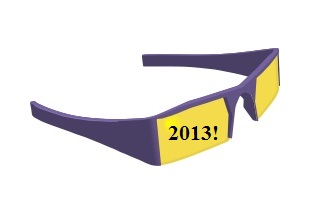 Australia has experienced tremendous growth of the use of smartphone and tablet devices for holiday purchases.
Australia has experienced tremendous growth of the use of smartphone and tablet devices for holiday purchases.
The latest mcommerce news from Australia is clearly showing that people living in the land down under enjoy holiday shopping with the help of their smartphones and tablets and have been using them more than ever before throughout this season.
Recent data released by PayPal Australia has revealed that nearly one quarter of Australians have used mobile to buy.
The statistics have indicated that 22 percent of Australians have used a smartphone, tablet, or other mobile device for mcommerce purposes throughout the Christmas shopping season. It has been estimated that by the end of 2012, there will have been $5.6 billion worth of purchases made in that country through the use of these devices.
When compared to the figures from previous years, mcommerce has exploded in Australia.
In 2010, the spending over mcommerce in Australia was recorded to be $155 million, which is tremendously lower than this year’s data. These figures are showing a phenomenal growth to the channel.
Among the additional trends that have been observed include the timing of the purchases. For example, over the Christmas period, nearly one in every three purchases that have been made over mcommerce have occurred between the hours of 8pm and midnight. Jeff Clementz, the managing director at PayPal Australia, has said that this indicates a new trend of using smartphones and tablets after the brick and mortar stores have closed.
He explained that “Our data demonstrates that for consumers, there is residual ‘shopping time’ continuing on from the ‘in-store’ experience after they leave the shopping centre, on their mobile devices.” He also went on to add that “Additionally, we are seeing consumers shop in short mission focused bursts on mobile devices as they knock items off their Christmas list while commuting or relaxing at home.”
The information that has been collected over the holiday season regarding the ways in which mcommerce is used by Australians will be very important for defining the way that features and services are offered and campaigns are run over upcoming shopping seasons.

 Augmented reality revolution may kick into full swing in 2013
Augmented reality revolution may kick into full swing in 2013